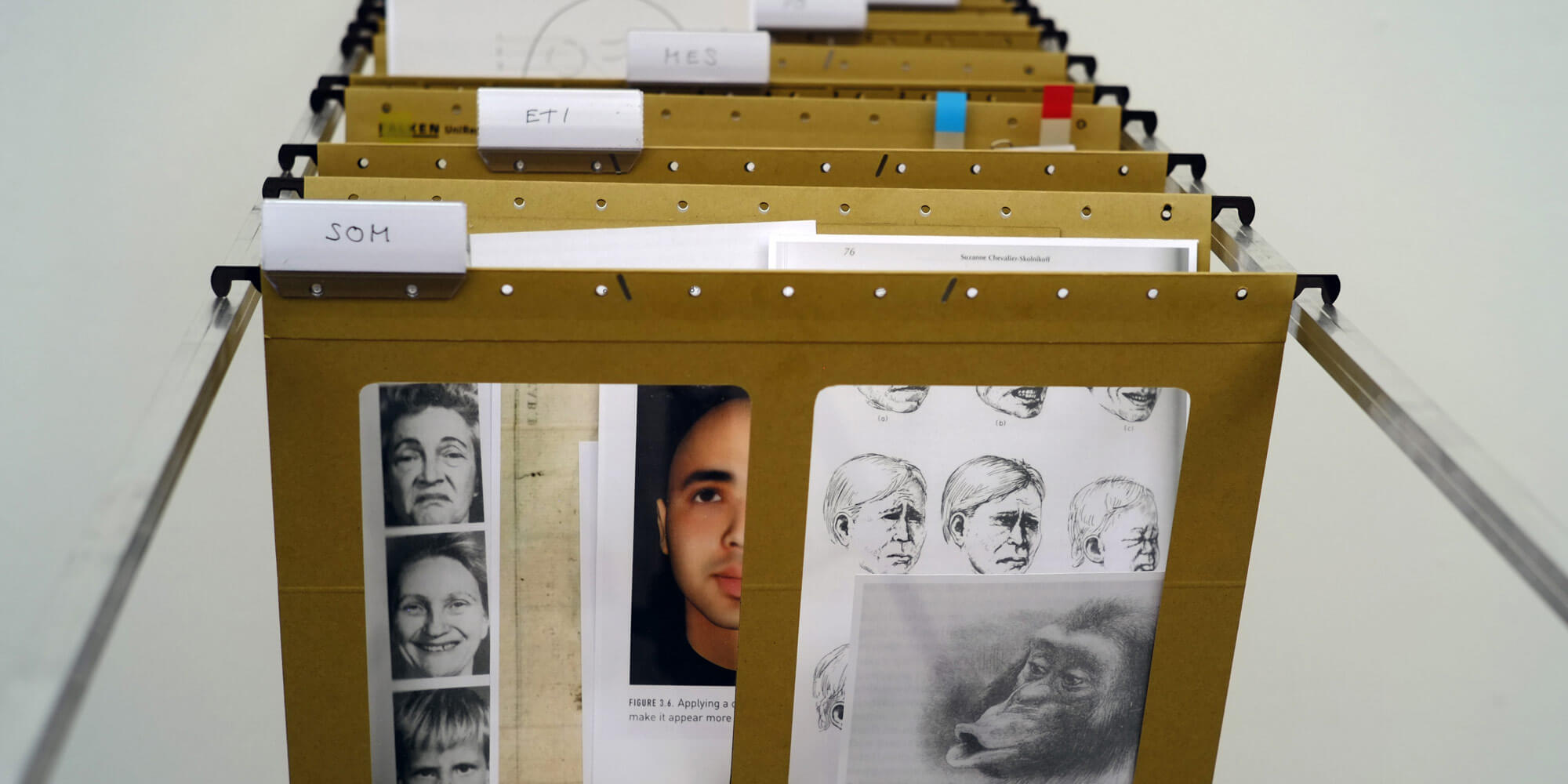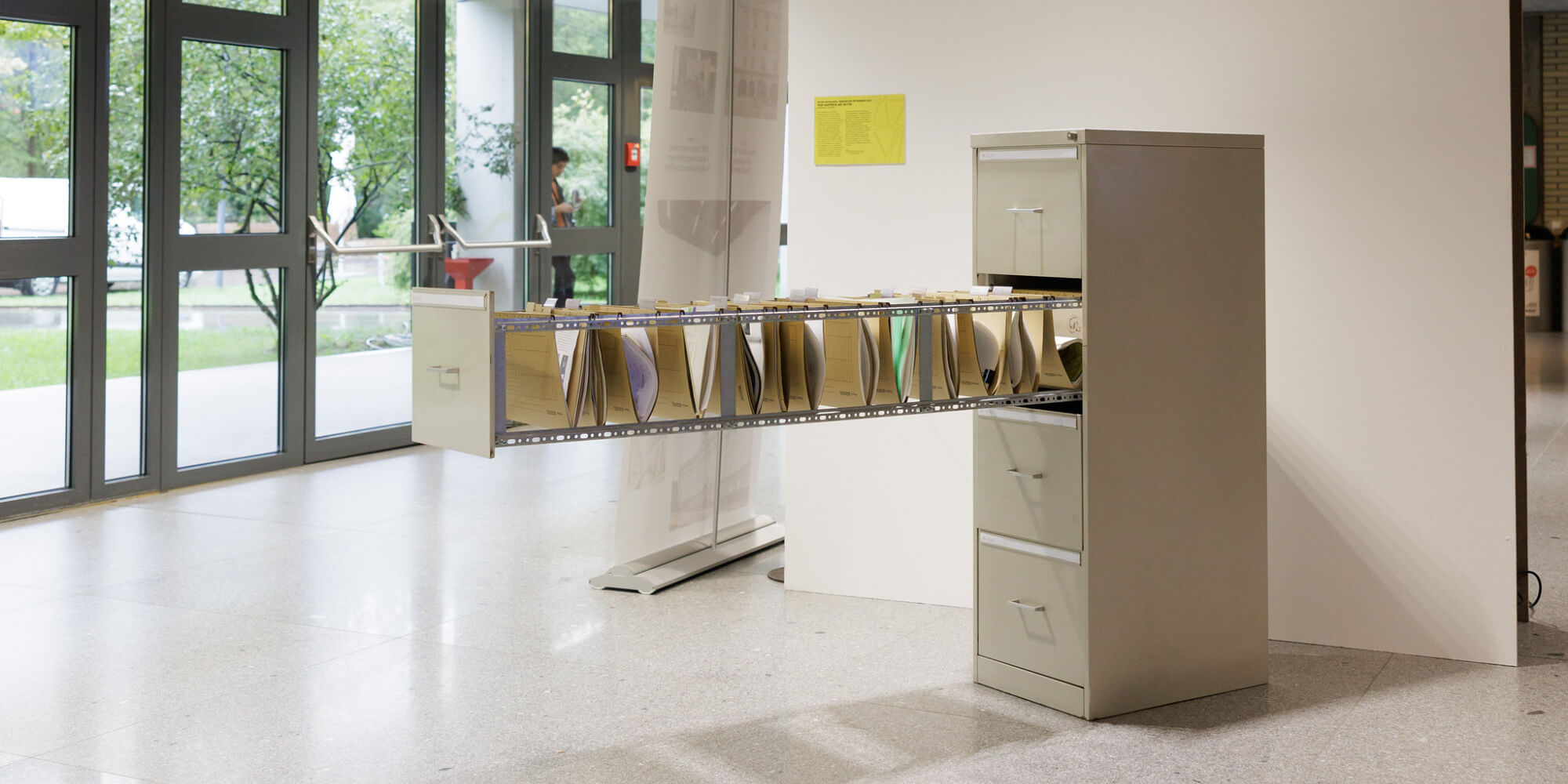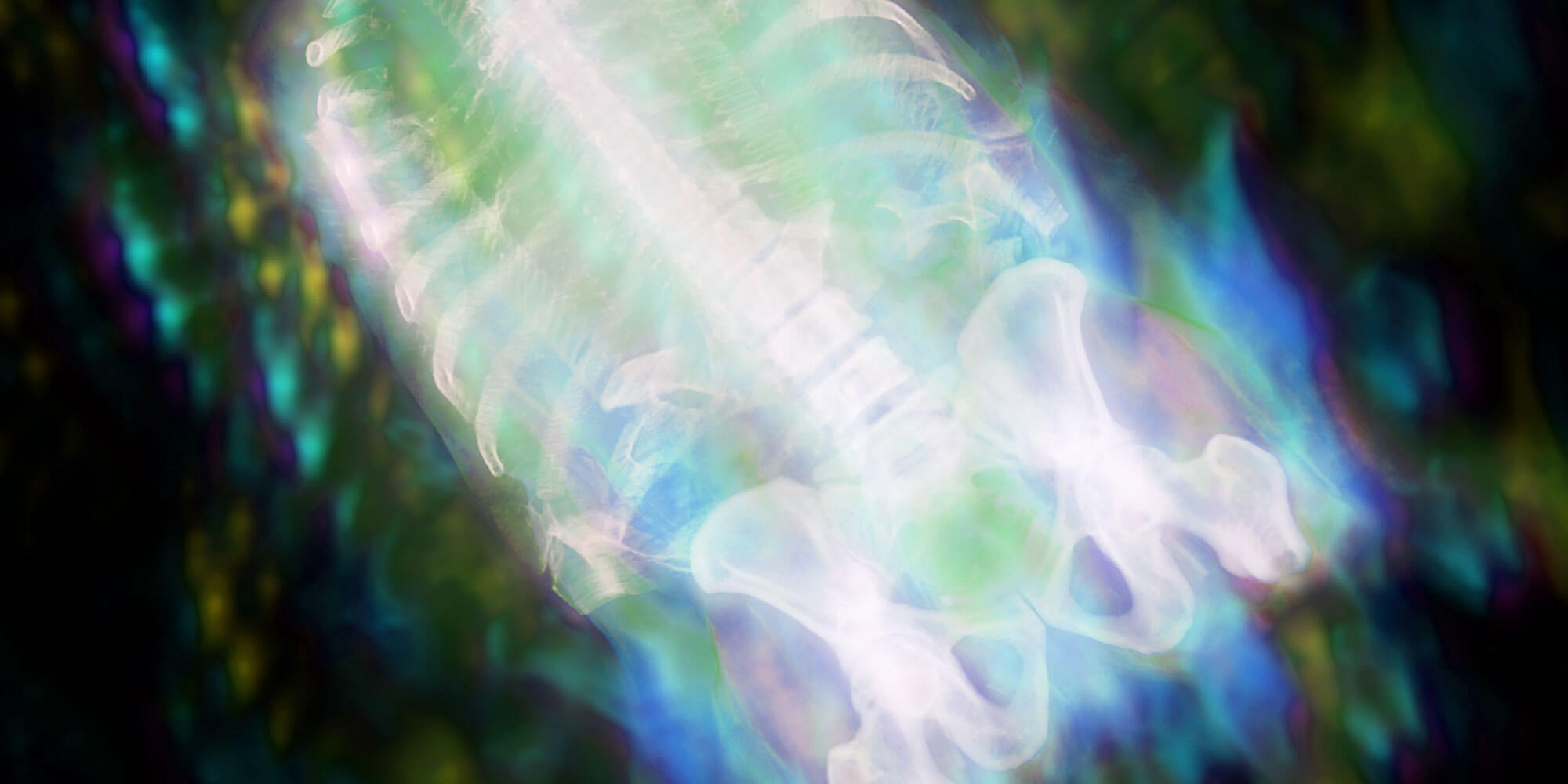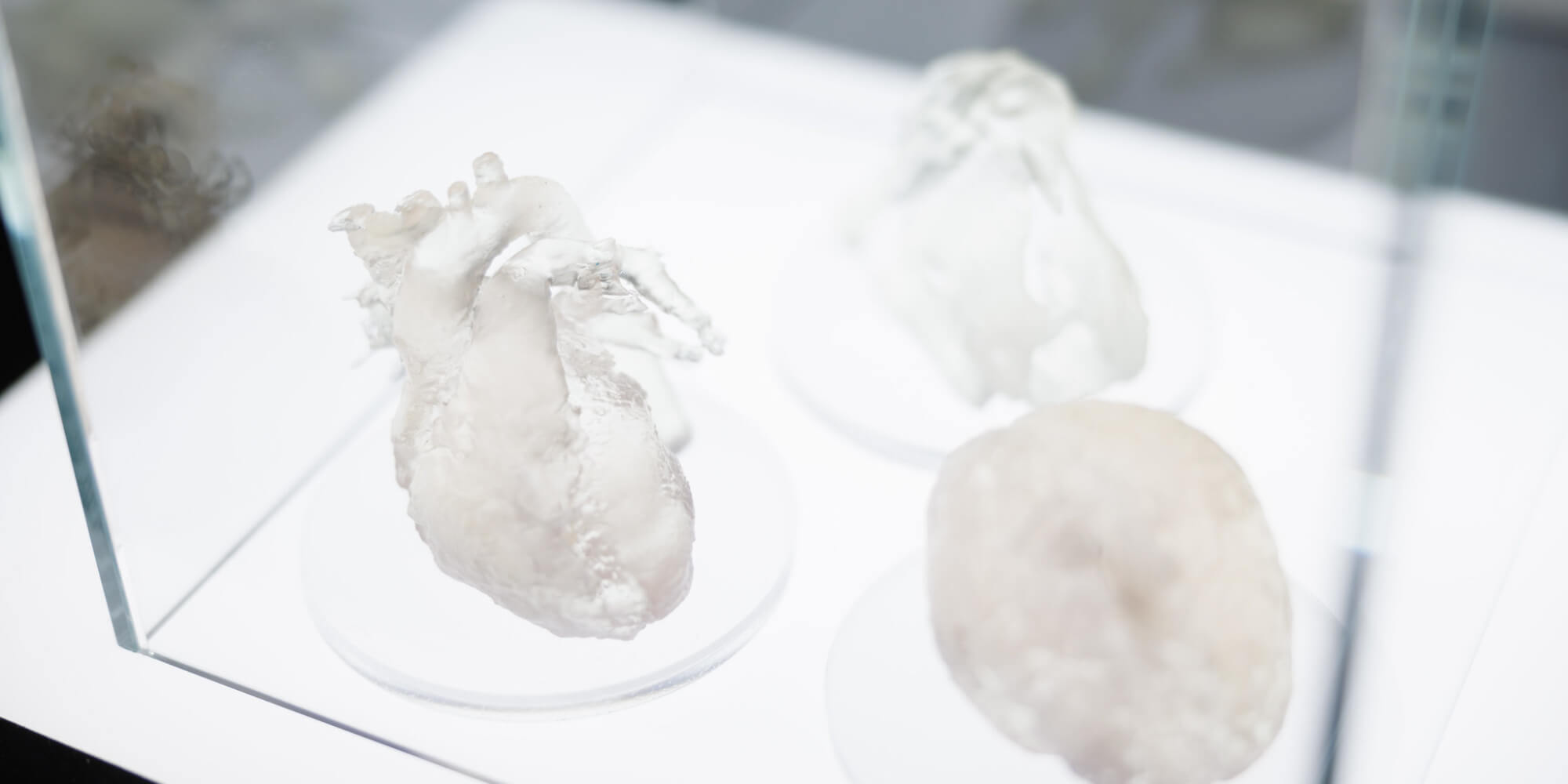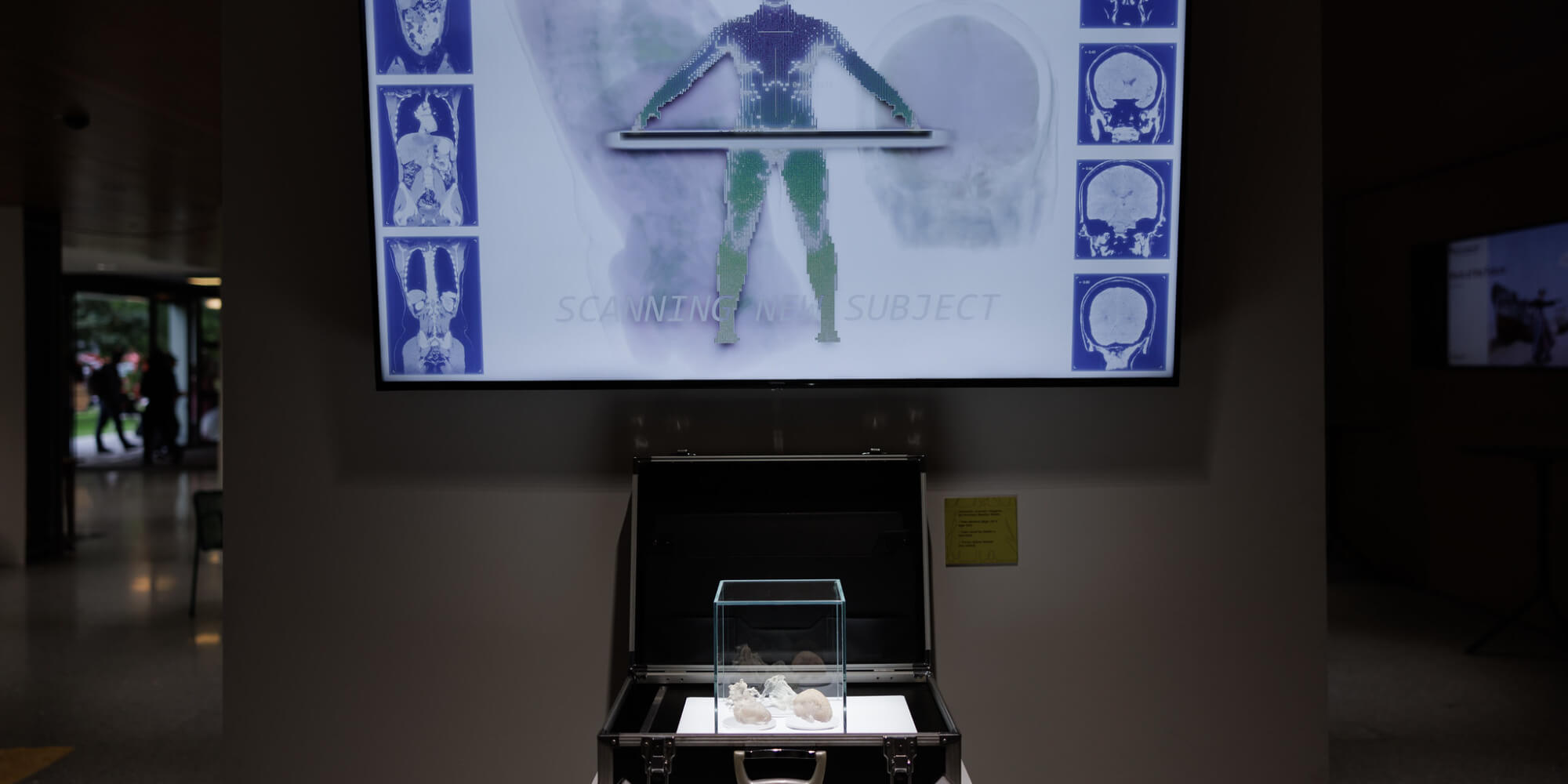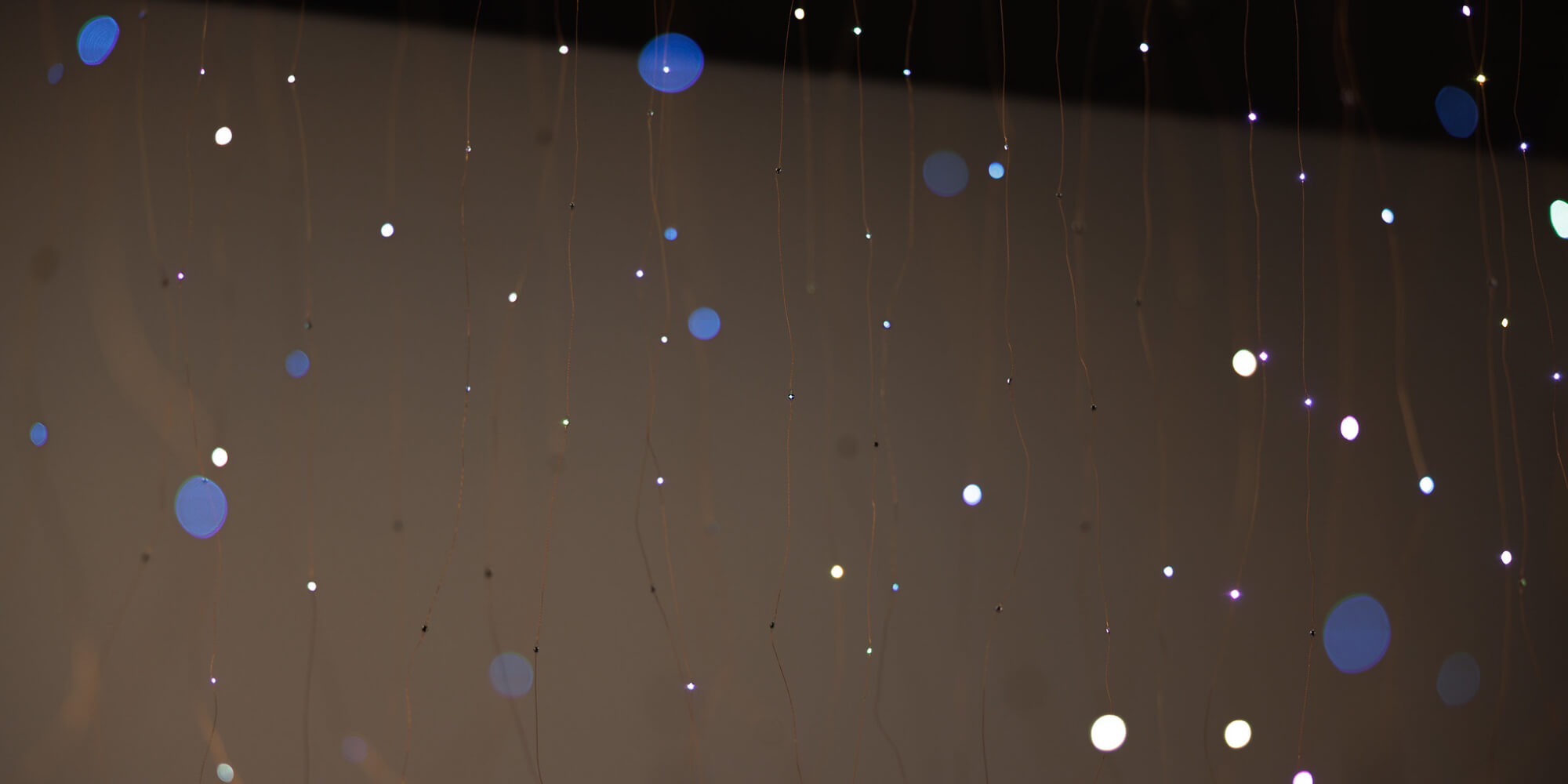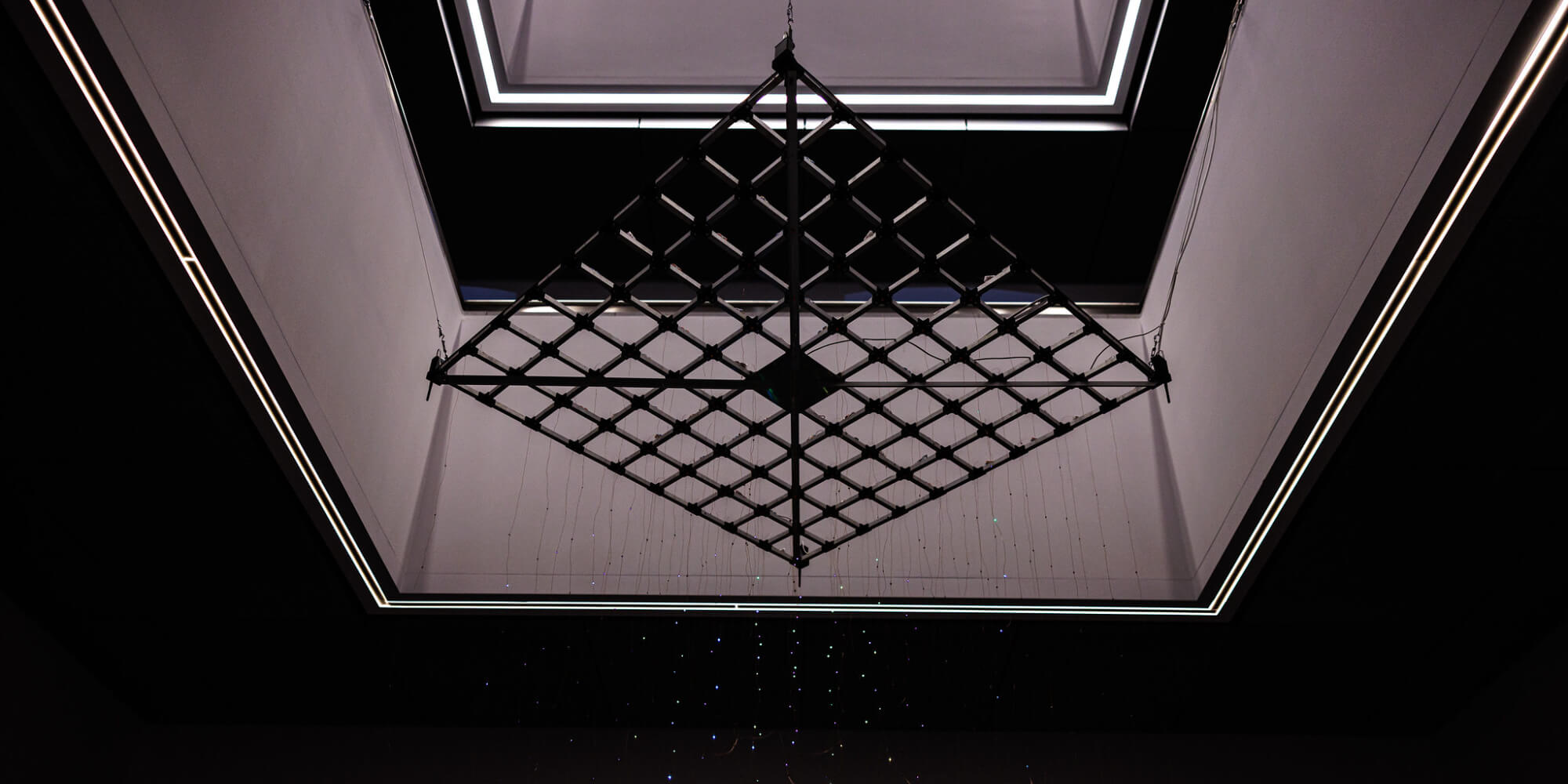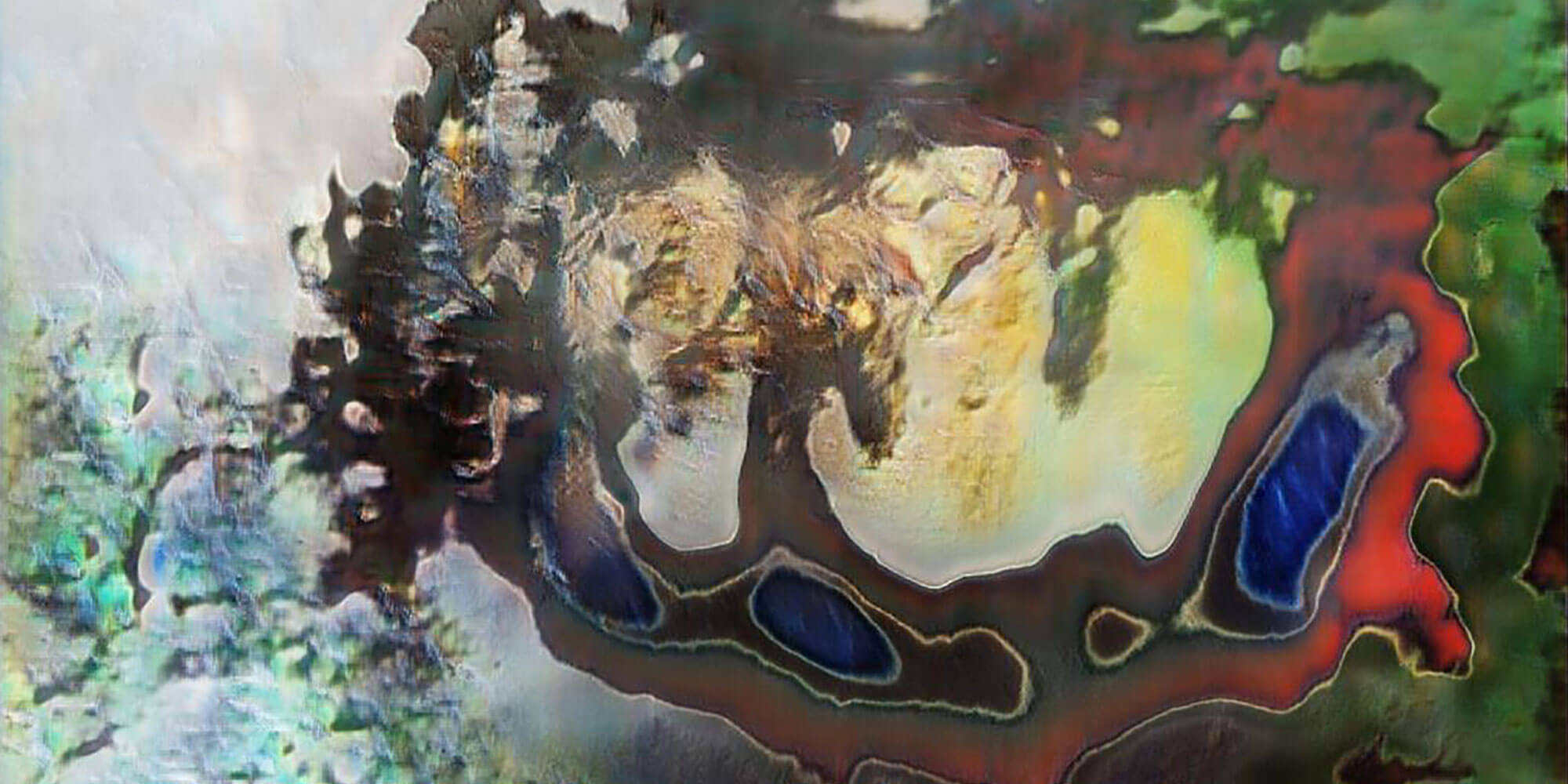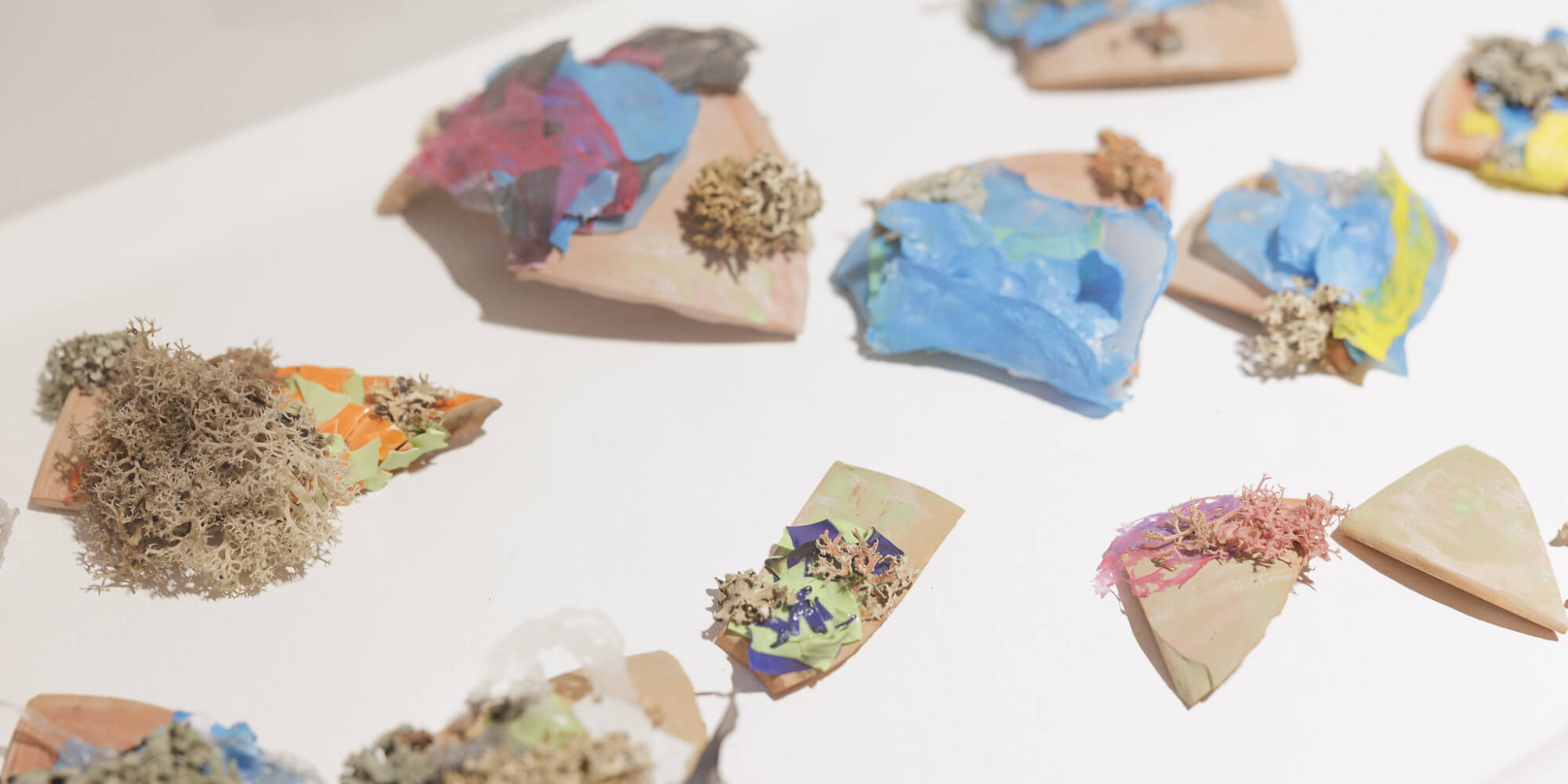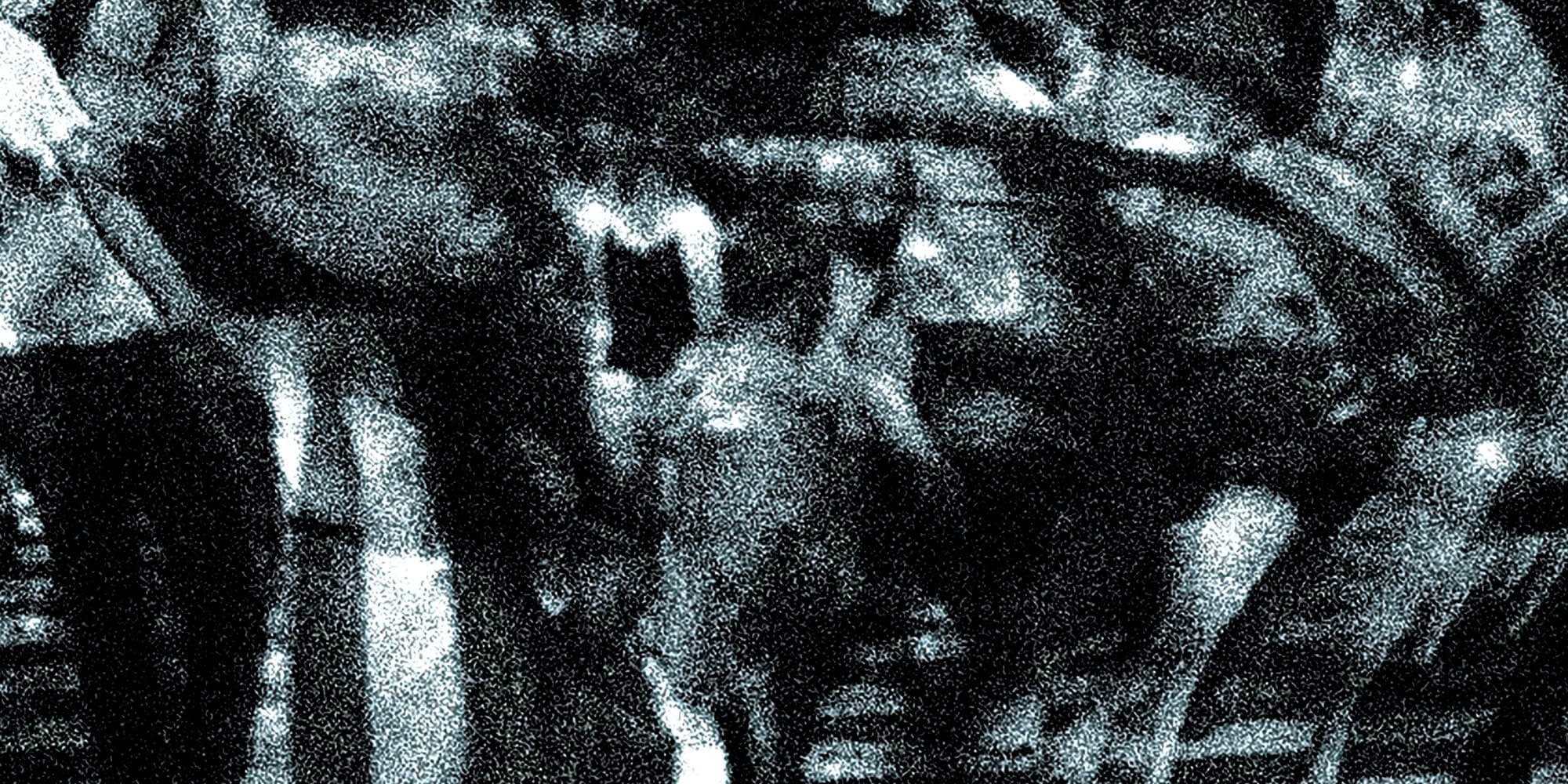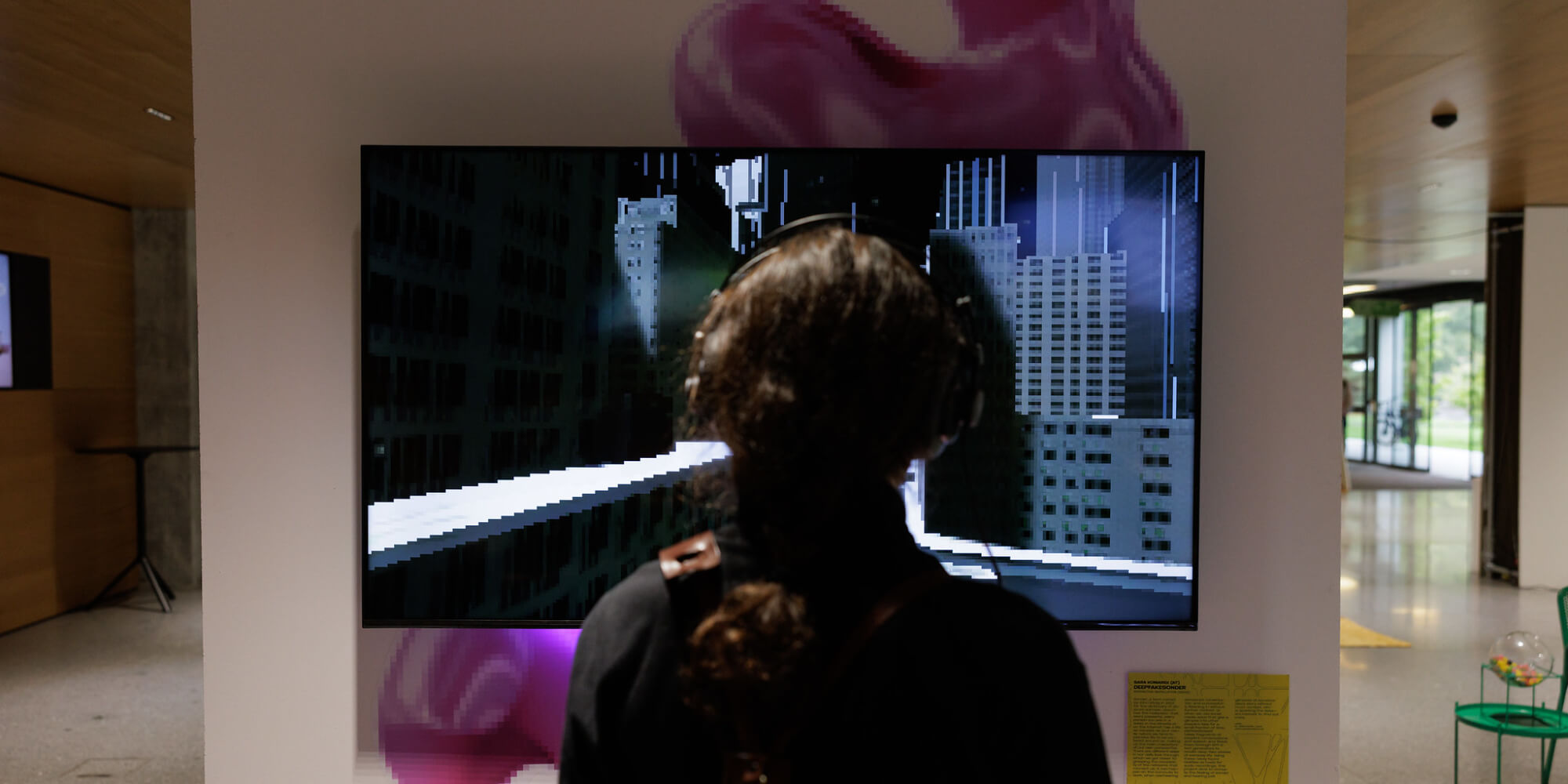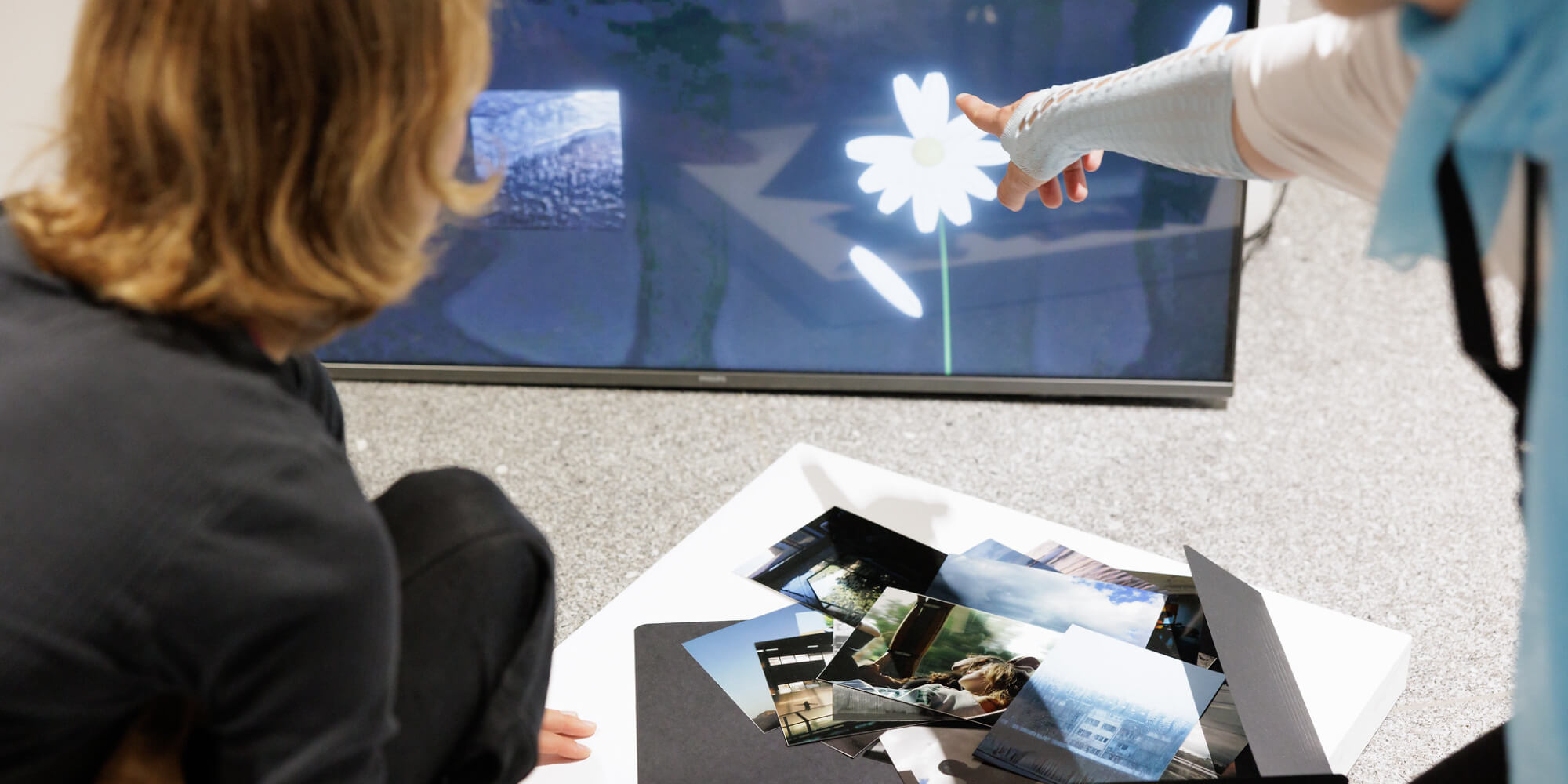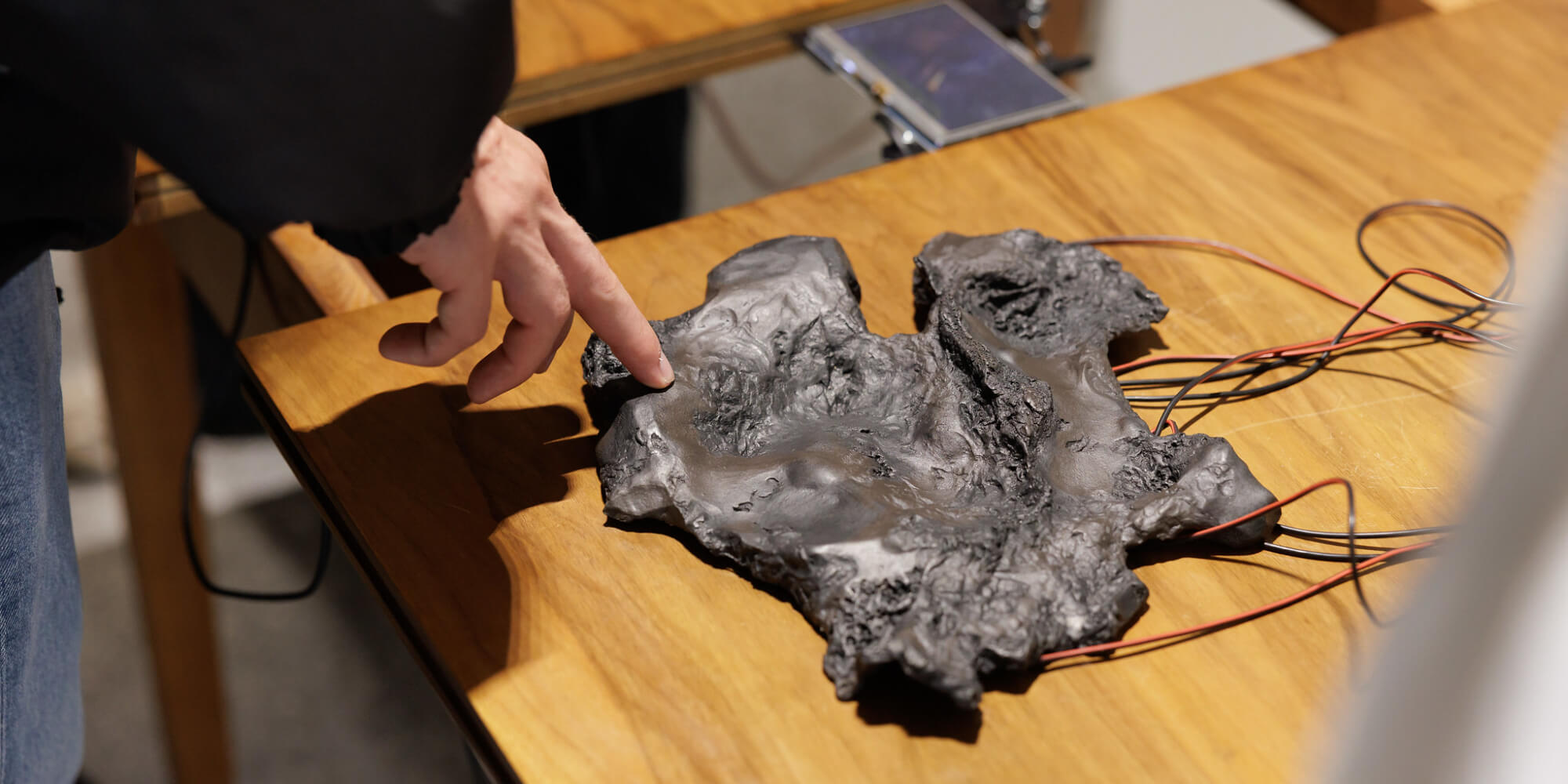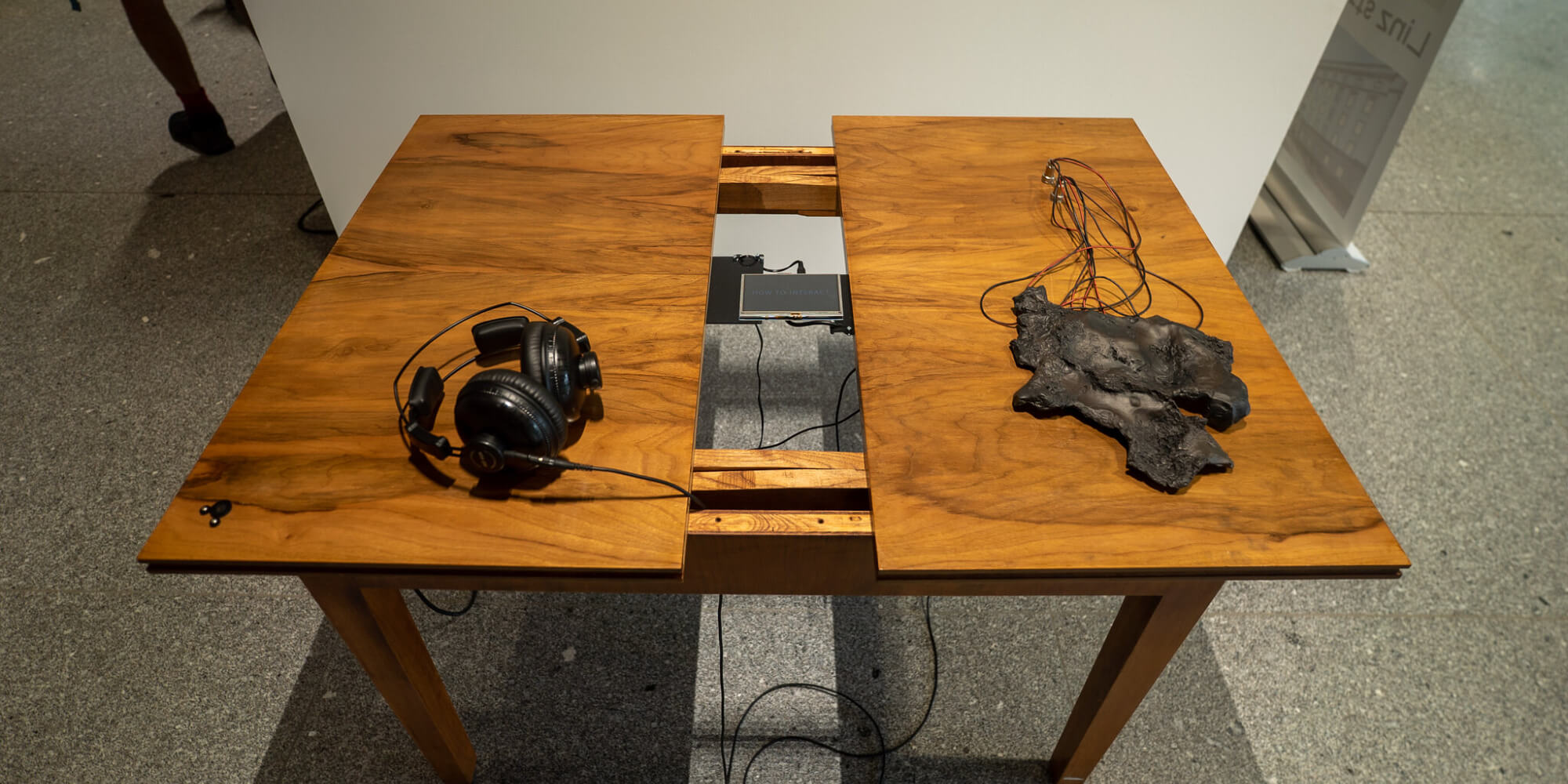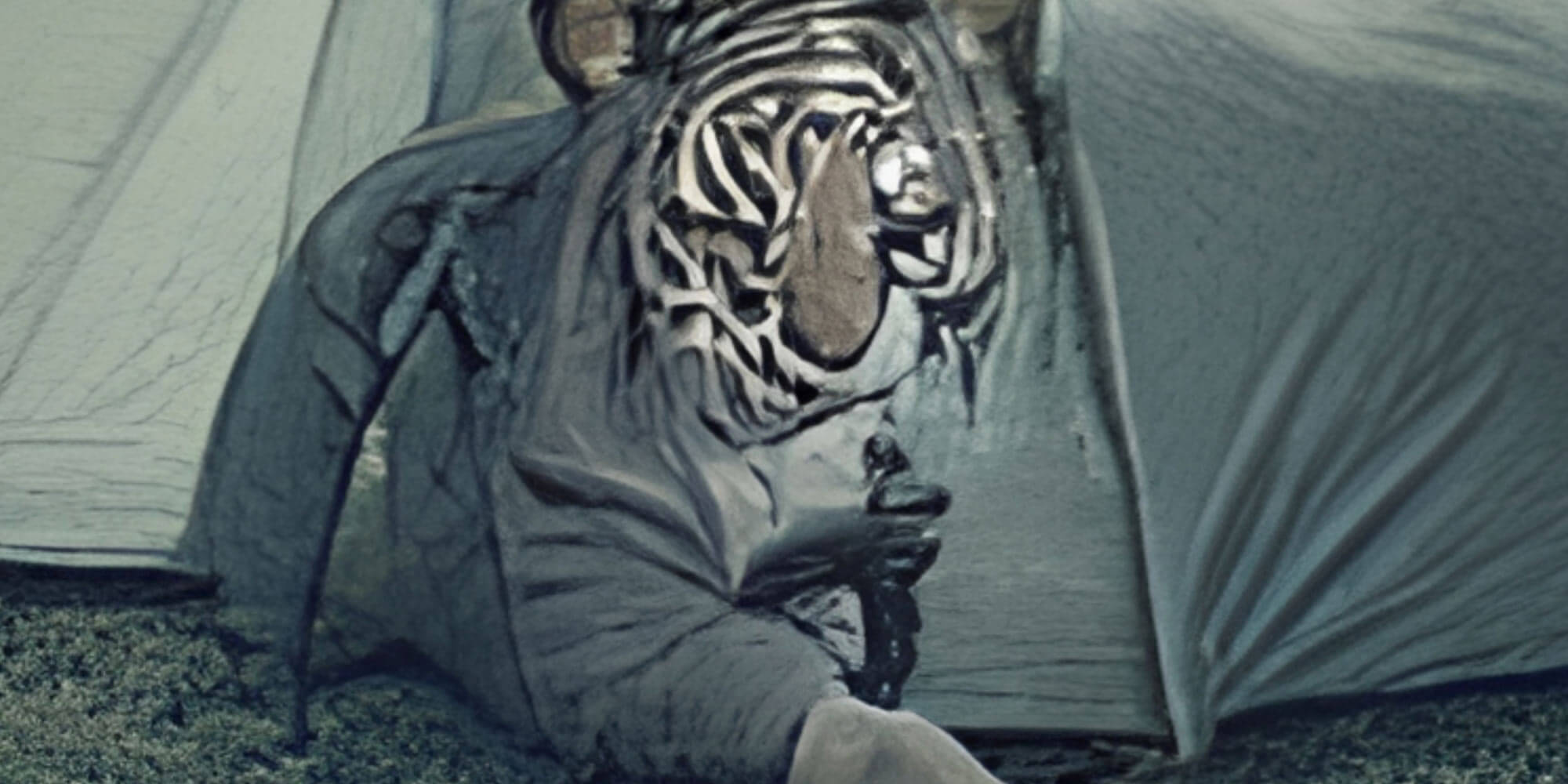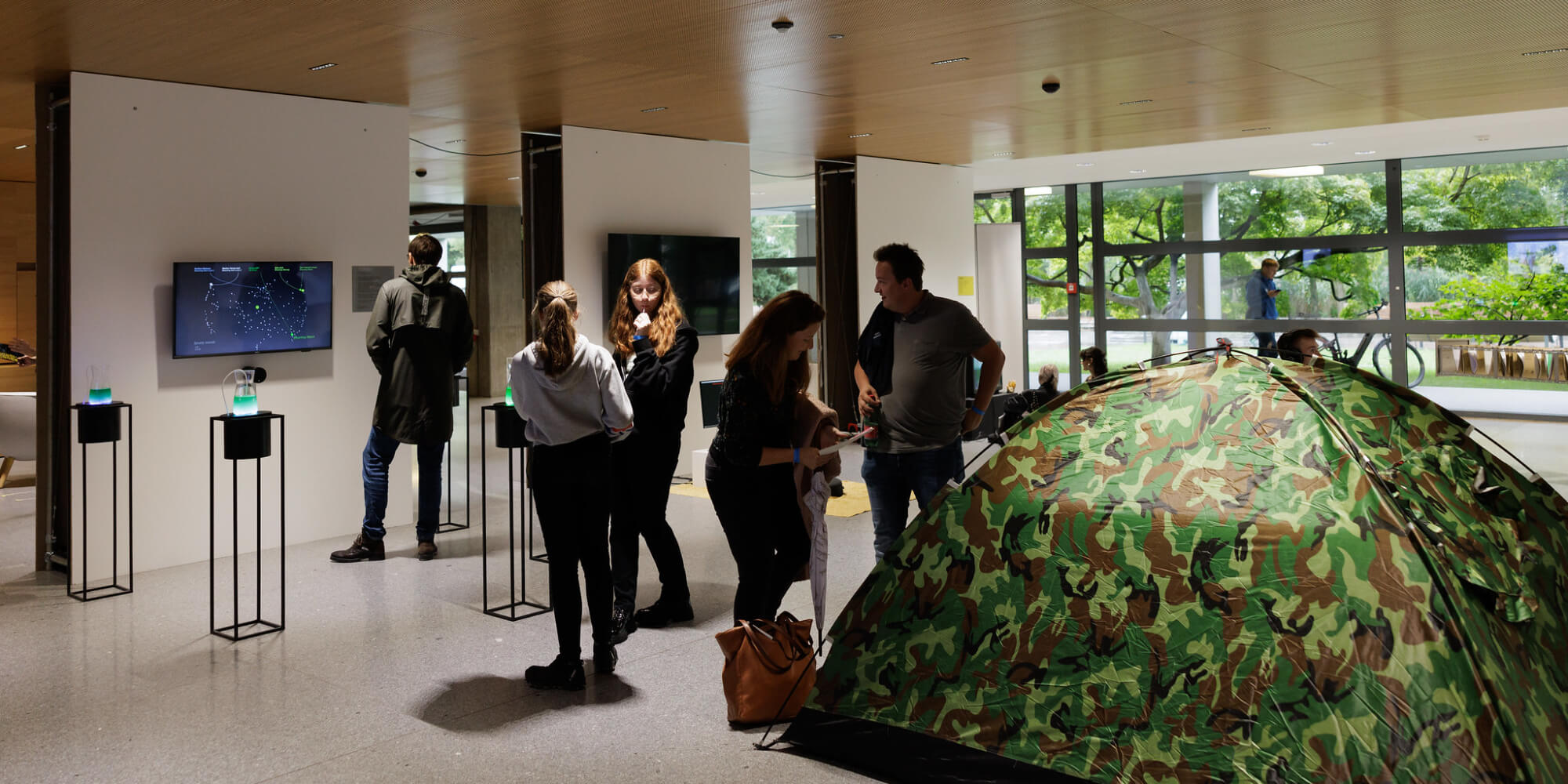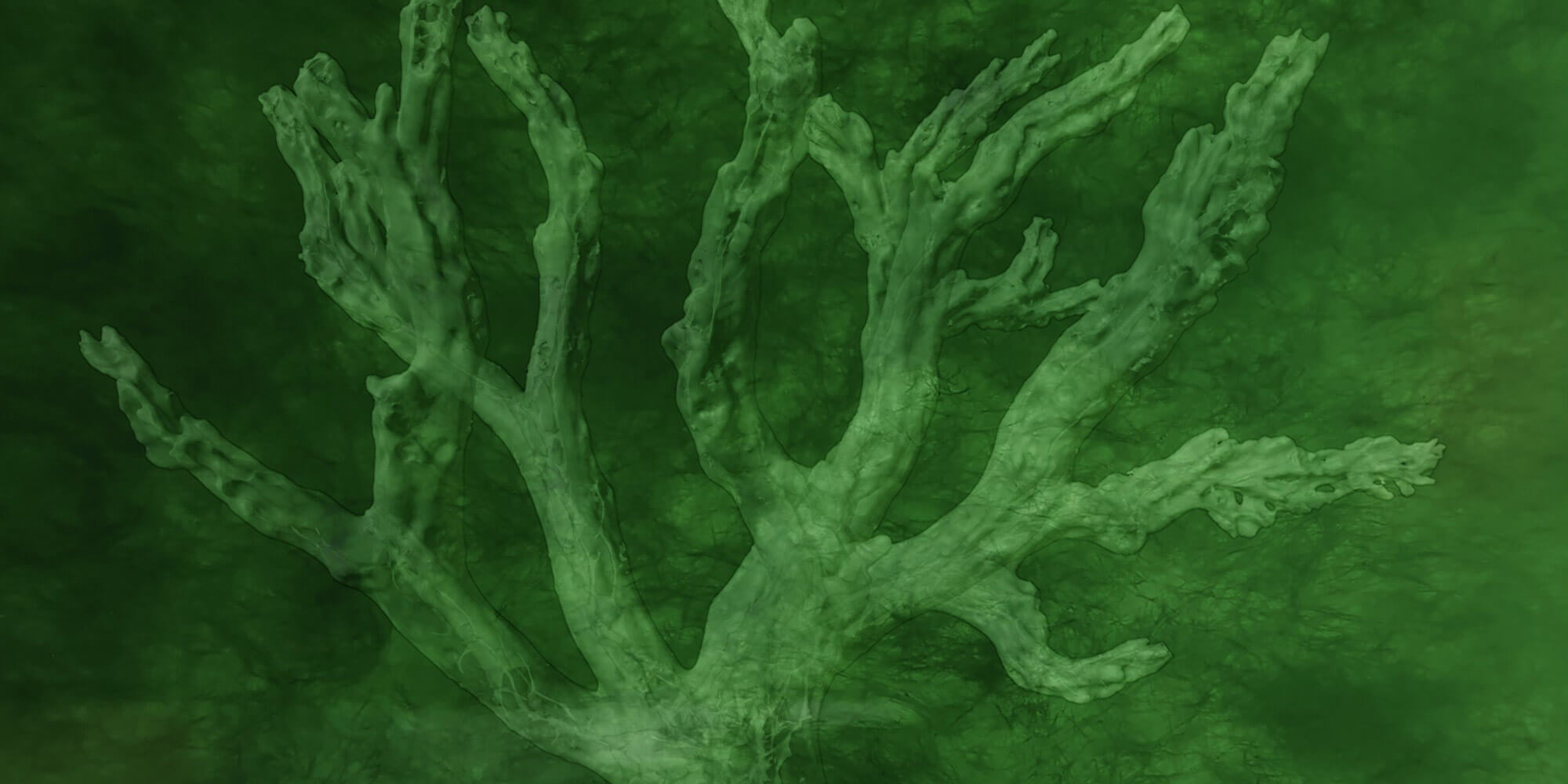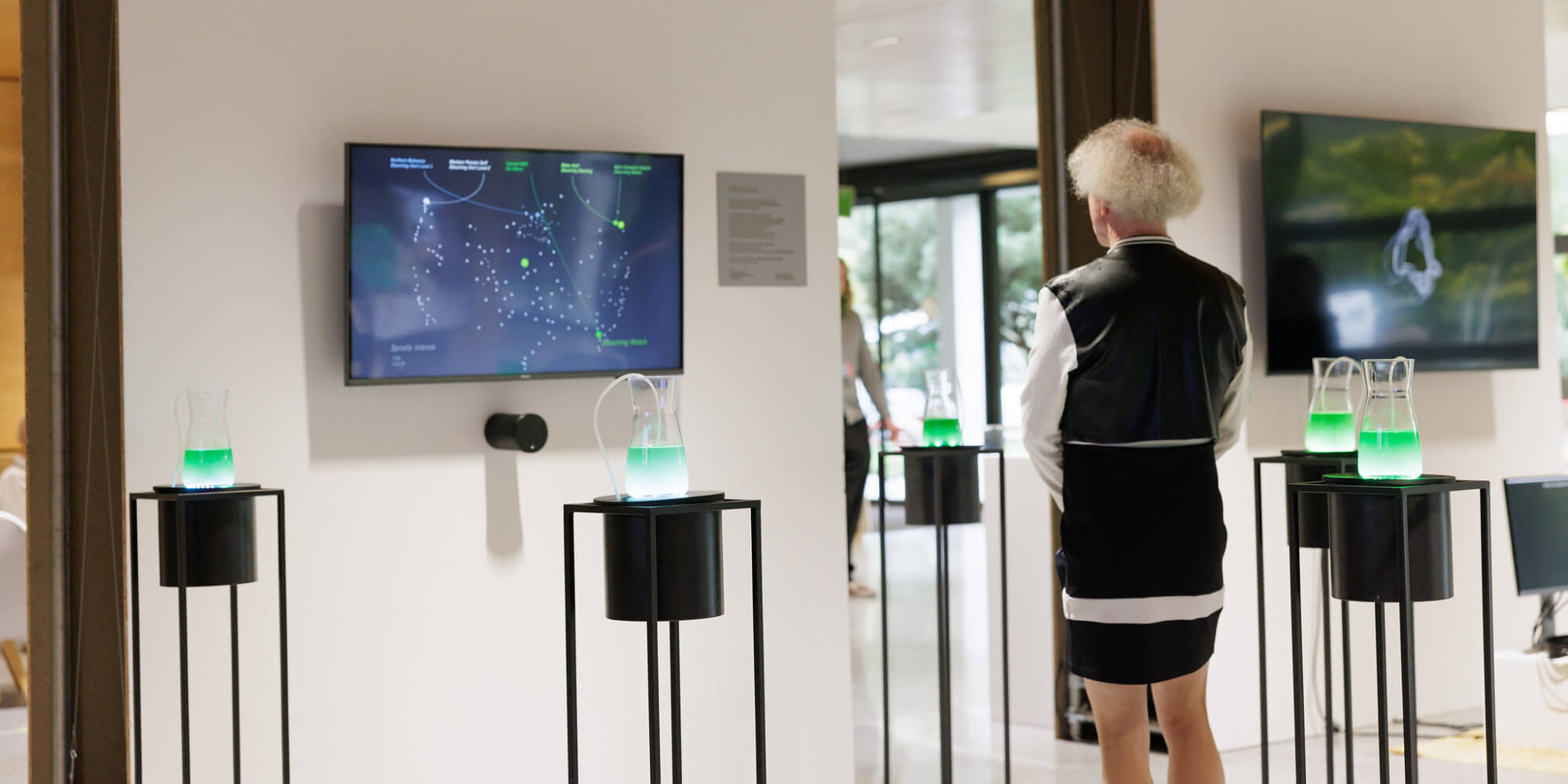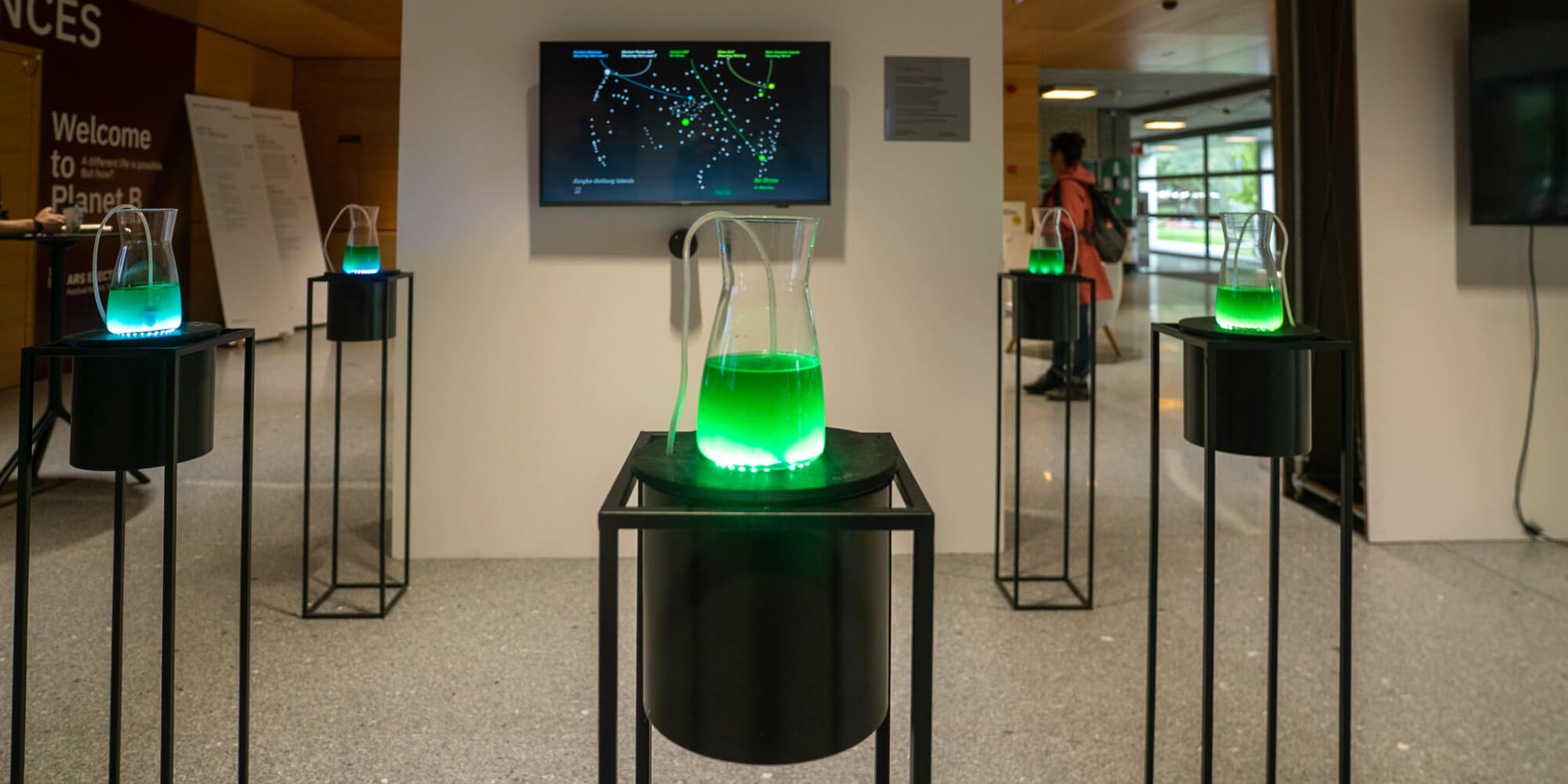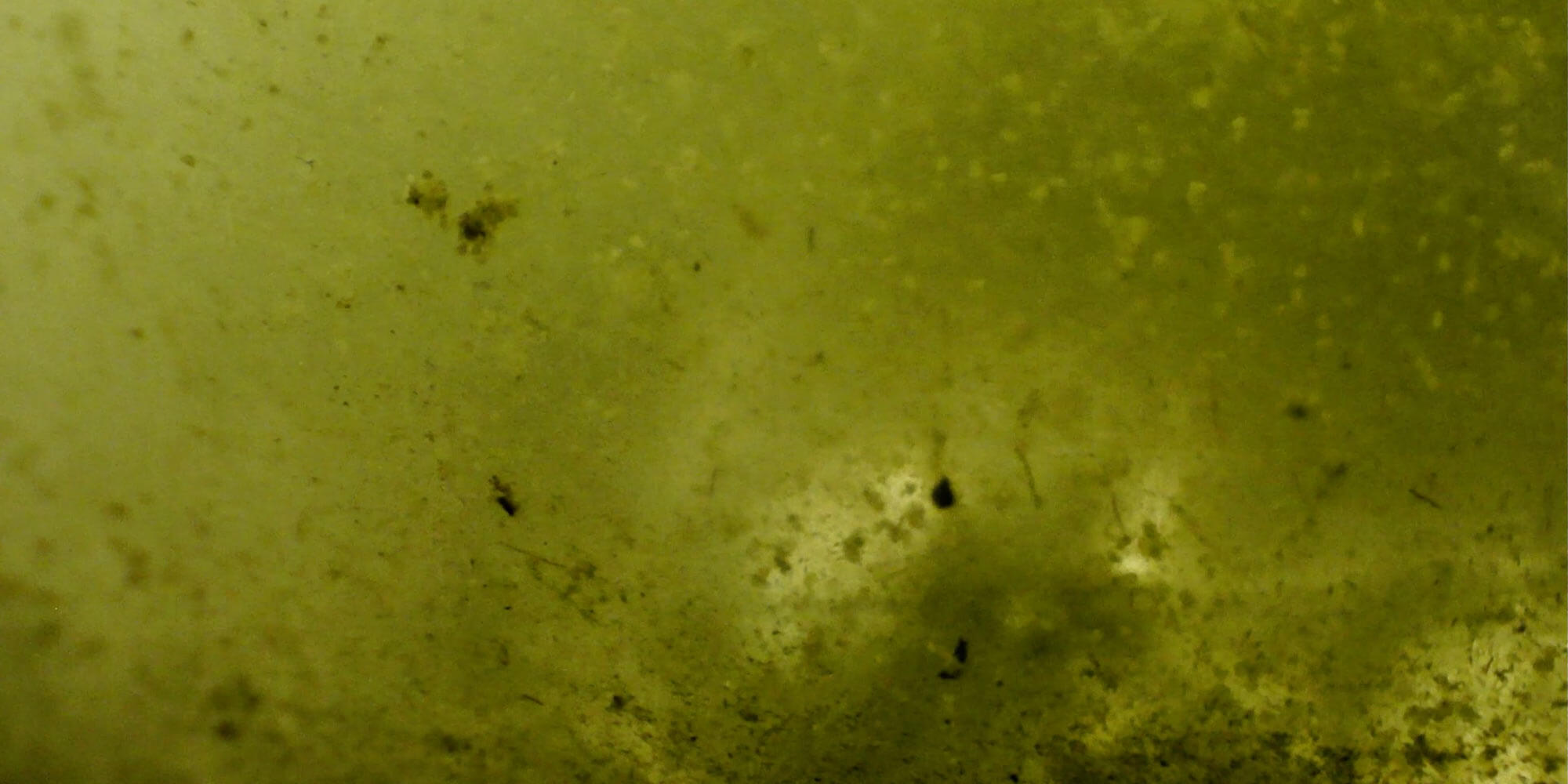per aspera ad acta
Peter Schloss (DE), Sebastian Sprenger (DE)
Per aspera ad acta I follows the footnotes of a branch of science seeking to explore emotion. The sculpture, a modified filing cabinet, presents a collection of visual output from experiments that sought to prove that emotions can be read from facial expressions and gestures. Early on, science played with the idea that certain facial expressions could be assigned to specific emotions. Today’s emotion research now contradicts these theories. So far, no system has identified clear features that measurably distinguish emotions on or in the body. This means that many politically highly relevant technologies, such as the use of surveillance technologies at national borders, are already based on false assumptions.
Exquisite Corpus
Kevin Blackistone (US)
When considering our bodies, we are most often concerned with the visual, surface components. Its functional interior organs are usually, at best, ignored. Becoming aware of them usually only happens when health concerns occur, so the lack of concern is most often a source of comfort. Over the past century, the medical industry has dramatically improved our ability to represent these elements through imagery that obscures the outside layers. There is no race in a torso x-ray, or gender in a cranial CT. This work shows how inwardly we are all identical, by merging layers of diverse bodily interiors into a 3D chimera of the human interior – an imaginary hybrid, devoid of the characteristics frequently considered definitive of our physical selves.
Spectral Surrounding
Daniel Fischer (AT)
live radio frequency light array
Spectral Surrounding is an interactive installation that visualizes radio frequencies. 700 LED lights, arranged in a grid above the visitors, react to different signals. They show live detected mobile radio signals as well as data communication such as Wi-Fi and Bluetooth transmissions from the devices that visitors bring along. How aware are we of the signals that our everyday devices emit? How much invisible communication is going on around us? A chaotic tangle of the most diverse signals permanently surrounds us. This data is translated to visual feedback that surrounds the spectator. This work aims to point out the extent to which we are constantly digitally active, and how our communication behavior inevitably leads to our being distracted by all kinds of information.
RZ Piscium is an Insatiable Eater of Worlds
Maria Orciuoli (IT)
Maria Orciuoli’s first video work discusses consumer culture and accelerationism from the point of view of the body and the mind. The installation consists of a video projection, gummy candies, and a customized sensor seat. The artist is shown ravenously eating a pile of waste: a binge eating ritual until the closing purging ceremony. Filtered through the artist’s experience of recovering from an eating disorder, the video questions society’s mainstream values as the protagonist finds herself oversaturated by conflicting impulses. Borrowing the title from the 2017 Astronomical Journal report on the RZ Piscium star dubbed Eater of Worlds for being surrounded by the wreckage of planets it has consumed, the video is a commentary on the current “capitalism hangover”.
Camera: Ilenia Orciuoli Music: Associazione Terredaria
Future Memories of Deep Water
Indiara Di Benedetto (IT)
What are the changing conditions for archaeology in underwater ecosystems? Can challenges be predicted and solutions imagined using machine learning? With the passage of time, underwater artifacts are encrusted with coral, algae or other marine organisms. How do human activities and pollutions undermine these natural environments? What will our underwa-ter heritage be like in the future? The project explores how algorithms can be used for predicting new entanglements be-tween underwater artifacts and the changing environment where they are discovered. Built upon experimental speculation, Future Memories of Deep Water calls for the protection of threatened marine ecosystems and aims to create awareness and encourage preservation of cultural heritage.
Artistic research and visual design: Indiara Di Benedetto; Sculpture design & production: Giulia Berrettoni; Project mentorship: Alexia Achilleos
DeepFakeSonder
Sara Koniarek (AT)
“Sonder”, a term coined by John König in 2012, describes the realization that every passer-by has a life as complex as your own. By nature, we tend to perceive life to be centered around us. There are moments in our daily lives where we get closer to grasping the complexity of the networks connecting us. It can happen on the commute to work, overhearing someone’s conversation, or using social media apps that give a glimpse into other people’s lives for a small fraction of time. DeepFakeSonder takes fractions of real people’s conversations and, using AI, creates deep fake stories of everyday life. This project aims to recreate the feeling of “sonder” and the experience of hearing just fragments of someone else’s story without much context.
The Uncanny TV
Barbara Jazbec (SI)
The Uncanny TV is an interactive installation whereby browsing through TV channels the spectator is invited to discover the mystery of the ghost hidden inside the uncanny imagination of electronic media. The TV channels in the installation are built from AI-generated animation and video works. They offer a deeper investigation into the world of uncanniness. As Ernst Jentsch said: “If one wants to come closer to the essence of the uncanny, it is better not to ask what it is, but rather to investigate how the effective excitement of the uncanny arises in psychological terms, how the psychical conditions must be constituted so that the ‘uncanny’ sensation emerges.”
Technical support: Žan Rajšek
Externalization
Jelena Mönch (DE)
Have you ever struggled with intrusive thoughts? If yes, you are not alone. About 94% of people have them. They pop up in your head like thoughts from someone else and the more you try to ignore them, the more they dominate. But how would you feel if there was a way to confront them? The artwork deals with how we handle obsessive thoughts and highlights how common they are. Visitors can offer one of their intrusive thoughts as a kind of exhibit, by taking part in the interactive installation. Technical Support: Jasper Vogel
He loved me/he loved me not
Pepe Reyes Caballero (ES)
The artwork delves into speculative possible pasts, based on the personal photographic archive of a relationship and song lyrics that are transformed into new pixel compositions by AI. An interactive daisy allows viewers to pluck its petals one by one, generating new images to be displayed. The piece is completed with the printing of some of the photos used to gener-ate the speculative images and an essay-style video on the construction of love, reality and the process of image reading. The action of plucking the daisy comes from the historical game to find out whether someone loved you or not. Here, we search for answers in an actual queer relationship, to understand the social construction of love and the cyborg condition of memory.
The Checkpoint
Katherine Romero M. (CO)
The Checkpoint lets users interact with the artist’s family’s farm archive in Cumaribo, Vichada, Colombia. The archive was created in the Open Mountain art laboratory, dealing with Colombian violence and how it is expressed through family memories and territory. The war in Colombia has been long, the government has failed to recognize it and it is hard for the victims of violence to find answers. The Checkpoint, while not a story itself, is an attempt to build the experience of a story. The users create a different narrative every time they interact. In that sense, the artwork recovers this lost truth, not as forensic or investigative reconstruction, but a collection of memories that are related to the experience of living in a place of conflict.
PROMPT: WAR STORIES
Kristina Tica (RS)
The project is developed using various pre-set text-to-image models, processing text prompt inputs. On the borderline between sensitive content and an easy slip into topics of violence, this project visualizes the depths of the subconscious of these models, excavating the influences of media and online information exchange. The quantified traces of reality and collective histories allow algorithms to generate content that recycles the past – building the spine of quasi-historical narratives – often obfuscated with prejudice and misinformation, along with the author’s personal bias. Generated outputs are presented inside a hypertext object – a tent that the audience can enter, as it were.
FadingColours
Noor Stenfert Kroese (NL)
FadingColours is an interactive installation intertwining living algae and almost real-time coral bleaching-data, creating an ecosystem of tangible data sculptures. Coral reefs are among the most vulnerable ecosystems on the planet. Our world is literally losing color with the bleaching and disappearance of our coral reefs. Through the technologies that are used to observe, care and research coral reefs, FadingColours invites you to enter the coral-algae narrative about our world in which the digital and the natural blend together. The result is a tangible representation of the algae and corals, allowing the viewer unique insight.
Underwater Lilies
Viktoria Angyal (HU), Maria Dirneder (AT), Behiye Erdemir (TR), Daniel Fischer (AT), Dogus Karlik (TR), Marja Konstantinova (RU), Jelena Mönch (DE), Maria Orciuoli (IT) & Lina Pulido Barragán (CO)
Underwater Lilies is the celebratory materialization that follows up on the collective research and exchange carried out by students of the Interface Cultures department around the topic of water memories. Imagine yourself as a river, static and yet in constant flux. A true milieu, always in the middle, where things merge into one another at their edges, stretching in two or more directions at once. Life begins axiomatically in, from and with that middle. Life ends in that middle too.
Curated by Fabricio Lamoncha (ES), in collaboration with Interface Cultures, Kunstuniversität Linz and Kunsthalle Linz

